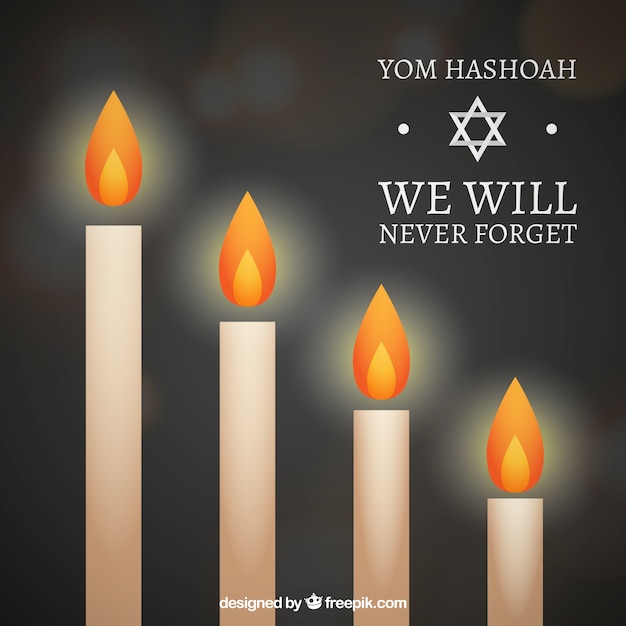
Early one cool September morning, I made my way to the bus station to catch our ride to Auschwitz. The anticipation in me had been growing for years, driven by a deep interest in history and a desire to understand this dark chapter of humanity. Despite having read books, watched films, and heard stories, I was unsure of how visiting the actual site would affect me.
Our early start was to ensure we could explore the museum before the mandatory tour times, which meant arriving before 10 AM. The bus dropped us at the entrance to Auschwitz I, and with some time to spare, we grabbed a coffee at one of the nearby restaurants. It’s easy to forget, or perhaps not even know, that an actual town—Oświęcim—exists here, predating the concentration camp. Auschwitz is the German version of the name. As I sat having breakfast, I wondered how the locals coped with the weight of their town’s history. Did the dark legacy just become a normal part of their lives?
Venturing into the museum, we first sought tickets for a film about Auschwitz but only found options for tours. Determined to enter before the formal times, we decided to simply walk through the turnstile and, surprisingly, no one stopped us. An eerie sense of familiarity washed over me as we entered the camp—it looked both like the images I had seen and yet different. The place had an unexpected serenity with its tree-lined paths and solid brick buildings, which contrasted starkly with the horrors I’ve learned about.
Approaching the infamous “Arbeit Macht Frei” sign was deeply unsettling. This chilling phrase, meaning “Work makes Freedom,” is sarcastic in the face of the camp’s grim reality. Beyond the barbed wire, I was struck by how deceptively normal the camp’s appearances were, belying the atrocities committed here.
Auschwitz had a complex history, originating as a Polish military barracks before becoming a political prison, then a POW camp, and finally, the notorious concentration camp. This explained the permanence of the structures. Despite its small size, there’s much to see. The front blocks house memorials for inmates from various European countries, including tributes to the Roma and the Red Army’s liberation of the camp. We started our exploration with the block dedicated to the camp’s liberation on January 27th, 1945. The details of the Red Army’s arrival and the state in which they found the inmates were poignant.
One exhibit that particularly captivated me traced the history of the Roma people in the camp. Their stories were both fascinating and heartbreaking, illuminating the forgotten facets of their suffering during the Holocaust. Some tales were shocking, such as the highly decorated German military personnel, later persecuted and sent to die in Auschwitz. It was also here that I first learned about the Einsatzgruppen, mobile units that carried out mass executions using gas vans—an appalling efficiency that spared the troops from psychological trauma associated with shooting.
As we moved to other blocks, the focus turned to the extermination process. Standing where these atrocities were enacted was harrowing, transforming historical knowledge into a present reality. The museum showed how Auschwitz evolved into a death camp, demonstrating the systematic and chillingly efficient methods implemented by the Nazis.
We visited several memorial blocks, including Belgium and France, driven by personal connections. Within, the exhibits highlighted the tragic naiveté with which some Jews identified themselves, believing they were aiding their own relocation. One chilling photo caption captured the brutality succinctly: “What should be done with the women and children? The decision should be taken to make these people disappear from earth” – Heinrich Himmler.
One gripping stop was Block 10, where Josef Mengele’s cruel medical experiments were conducted. Known as the Angel of Death, Mengele’s preference for identical twins led to countless horrific procedures. This block remains off-limits, shrouding the remaining relics of its grim past.
Between Blocks 10 and 11 lies the area where executions were carried out. Block 11, dubbed the death block, held rooms for tortures unimaginable—starvation cells, dark rooms, and standing cells where prisoners were cramped together for hours on end. Here, I learned about Maximilian Kolbe, who sacrificed himself to save another prisoner condemned to starvation. Even in such darkness, flickers of human compassion shone through.
As we moved through the exhibits detailing the systematic cataloging and extermination of prisoners, the sheer scope and methodical nature of the genocide left me emotionally drained. It was numbing to see how efficiently the Nazis converted human lives into statistics and possessions into resources—shoes, hair, and personal effects were sorted and repurposed without a shred of humanity.
Finally, we walked through the crematorium, opting not to take photos inside out of respect for the countless lives lost there. The Zyklon B gas canisters, the eerie slots from which the poison was dropped, and the actual spaces where people met their end were profoundly affecting.
After catching a brief glimpse of a film on the camp’s liberation, we left Auschwitz I to grab lunch and prepared to visit Auschwitz II – Birkenau. The realization that no amount of research could ever fully prepare one for the visceral impact of standing in such a place was seared into my mind. For those considering a visit, I’ve penned some tips to make the experience as respectful and meaningful as possible.